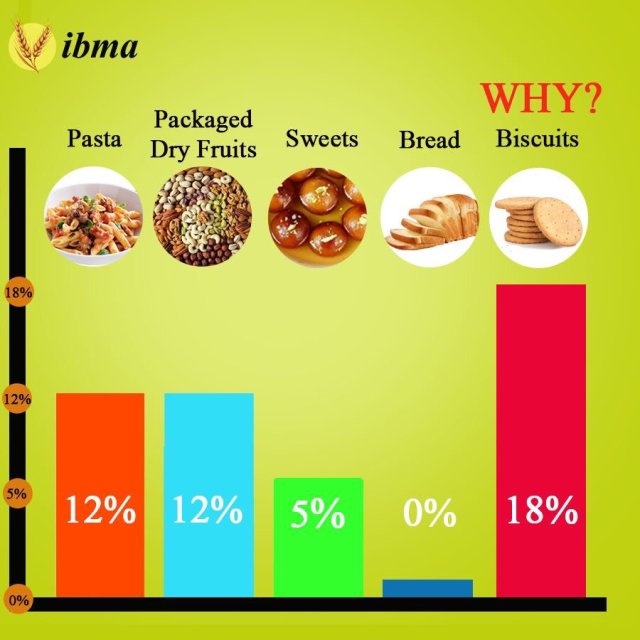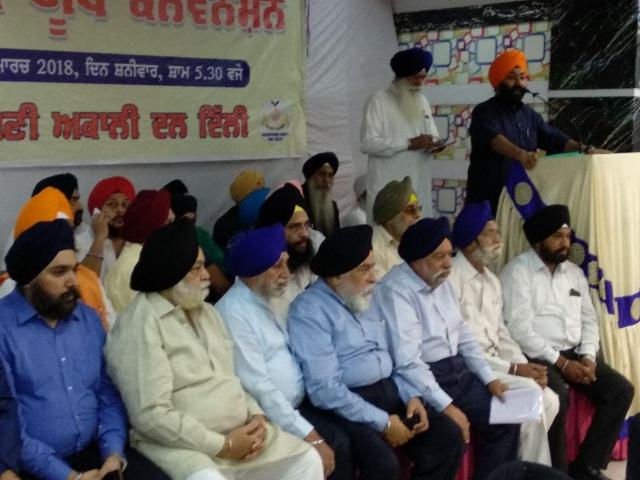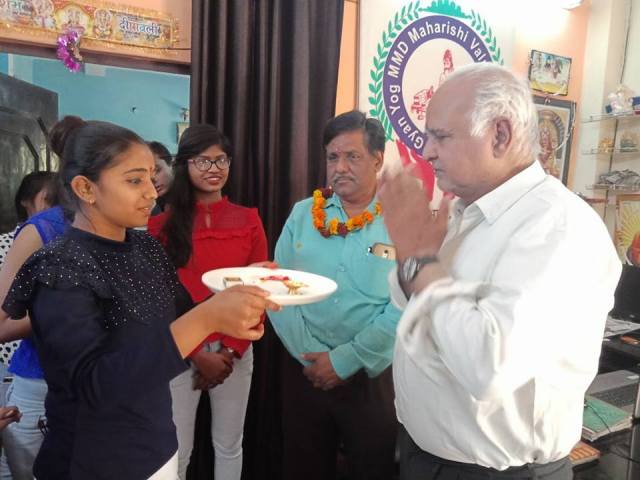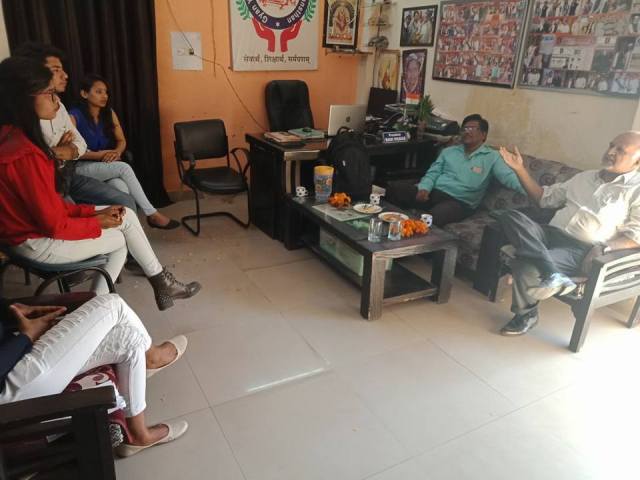Indian Foods GDP $2trillion By 2030 – Bihar’s Maize Program

March25, 2018 (C) Ravinder Singh ravindersinvent@gmail.com
US Foods GDP share exceed $2trillion- by 2030 India’s Food GDP ought to exceed $2trillion for 1500m population, 300% of USA. Focus of Maize summit was Bihar.
India may promote FDI in Food Processing by letting Reputed Producers of Various PROCESSED & PACKAGED FOODS from Ketchup & Jams to Wines & Whisky, Meats & Cakes, Pizzas & Confectionery and Dosas to Butter Chicken, Icecreams to Rasgulla.
My three Critical Interventions at FICCI Maize Summit were –
1. Even in 1992 Potential of Hybrid Maize Seeds of Pioneer Hi-Bred was 10T per hectare – but Weeds, Pests, Insects, Plant Diseases, Untimely Rains, Floods, Inadequate Pollination would lead to much lower Crop Yields and then Post-Harvest Losses.
2. Maize like many other CROPS – Grains or Fruits & Vegetables can be raised all over India and at any time of the year. India should be growing Crops next to Consumption Area to minimize Storage, Transportation & Losses in the process. India needs ‘Maize to Poultry Farm to Chicken & Processed Chicken 20 Times Value Addition SME Industries.’ Multi-Season Production of Maize, Basmati, Fruits & Vegetables could Guarantee Maximum Factory Utilization With Minimum Storage & Working Capital, Damage from Natural Causes – Best Quality & Most Competitive Products.
3. Punjab can produce ‘Any Amount of Maize or Oilseeds, Fruits or Vegetables etc. Cargill or Large Companies should Establish LOCAL Dedicated PROCESSING facilities’ for Indian & Export Markets.
4. Dr. Sain Dass also made Critical Intervention – Punjab, Haryana & UP may Switch to Maize if Center & States Support the program – it could save 30 BU of Electricity, worth Rs.20,000 Cr Which could be Sold to Industry every year, save WATER By AVOIDING WATER GUZZLING PADDY & SAVE ENVIRONMENT BY AVAOIDING PADDY STRAW BURNING.
5. Another VERY IMPORTANT Intervention was TERM OF CROP LOANS to Farmers TO BE EXTENDED TO 15-18 MONTHS, Release Farm Produce in Smaller Quantities.
6. Not Discussed were Campaign to Build 200,000 MW of Multi-Purpose Hydro Power Projects in Himalayas on International Rivers – Indus, Ganga & Brahamputra and.
7. Banks should Support HIGH VALUE ADD Economic Activities – Farmers Add Upto 70%-90% when Rs.40/kg Groundnuts are Roasted sold at Rs.200/kg plus than Low Value Add Industries 10% like Computers, businesses like Gems, Gold, Jewelry and Trading activities 1% to 2% – These also lead to SCAMS and Banking NPAs.
Bihar Agriculture Per Capita GDP – $127 to USA $6,000
Bihar’s Agriculture GDP 2016-17 is [Rs.88,222 Cr] barely $14b for 30% of US Population – per capita food GDP for 110m Bihar population is $127 – US $6,000. Karnataka is leading Maize Producer in India – 3.27 million tonnes produces 4766m Eggs, Bihar producing 2.4 million tonnes Maize produces 1002m Eggs or 9 Per Capita.
Idea of producing Maize in Bihar is not to feed Poultry Farms but exports at loss mostly.
India average Egg availability per capita is 63 Eggs.
‘India’s per capita consumption of poultry meat is estimated at around 3.1 kg per year, which is low compared to the world average of around 17 kg per year. India’s per capita consumption of eggs is estimated at about 62 eggs per year.’ USDA.
When population of Bihar increased by 10% to 12% there was no increase in foods production as given by the RBI Data clipped here. Punjab has twice more crop yield for one third population – Punjab’s Per Capita availability is 6 times of Bihar. [Table 5.1]
For 9% population Bihar Produces 5% Milk and 1.2% Eggs.
BIHAR’S PRODUCTION OF FOODGRAIN AND MAJOR NON-FOODGRAIN CROPS in Thousand tonnes.
Year
|
Rice
|
Wheat
|
C. Cereals
|
Pulses
|
F. Grains
|
Oilseeds
|
S.Cane
|
Jute-Mesta
|
2011-12
|
7162.6
|
4725.0
|
1648.3
|
511.3
|
14047.2
|
139.5
|
11288.6
|
1738.8
|
2012-13
|
7529.3
|
5357.2
|
2510.3
|
542.8
|
15939.6
|
143.3
|
12741.4
|
1717.7
|
2013-14
|
5505.8
|
4738.0
|
2139.9
|
522.0
|
12905.8
|
146.2
|
12881.8
|
1745.1
|
2014-15
|
6377.2
|
4049.3
|
2206.8
|
420.2
|
13053.5
|
131.4
|
14131.4
|
1500.0
|
2015-16
|
6802.2
|
4736.4
|
2548.6
|
420.7
|
14507.9
|
126.5
|
12649.3
|
1630.0
|
2016-17
|
7476.9
|
5085.1
|
2575.2
|
439.0
|
15576.6
|
131.0
|
15416.0
|
1682.1
|
GoI & Bihar State Programs Like Soil Cards, Insurance, Food Parks, Drip Irrigation etc Has FAILED to Improve Food Availability to 1.3b Indians.
Ravinder Singh, Inventor & Consultant, INNOVATIVE TECHNOLOGIES AND PROJECTS
Y-77, Hauz Khas, ND -110016, India. Ph: 091- 8826415770, 9871056471, 9650421857
Ravinder Singh* is a WIPO awarded inventor specializing in Power, Transportation,
Smart Cities, Water, Energy Saving, Agriculture, Manufacturing, Technologies and Projects
UN-ESCAP: Implementing digital trade facilitation could cut trade costs in Asia-Pacific by $673 billion annually
According to the Digital Trade Facilitation in Asia and the Pacific report launched on 23 March by the United Nations Economic and Social Commission for Asia and the Pacific (ESCAP), full implementation of the World Trade Organization’s (WTO) Trade Facilitation Agreement (TFA) together with other digital trade facilitation or paperless trade measures is projected to reduce trade costs in Asia and the Pacific by 26 per cent – or $673 billion of savings every year.
The report shows that potential trade cost reductions for all ASEAN countries exceed 15 per cent, with Indonesia, Cambodia and Viet Nam seeing sharpest reductions. Potential trade cost reductions in South Asia exceed 20 per cent in all countries of that subregion, including in India and Sri Lanka. Least Developed Countries and Pacific Island countries, such as Bangladesh and Samoa, have the most to gain, with trade cost reductions from digital trade facilitation exceeding 30 per cent.
Digital trade facilitation refers to the application of modern information and communications technologies (ICTs) to procedures involved in moving physical goods across borders. Implementing digital trade facilitation including paperless trade measures, to the level currently seen in China could increase the region’s annual GDP by more than 3.8 per cent, and its exports by 11.2 per cent by 2030. At the same time, the report notes that achieving cross-border paperless trade is expected to be a long and complicated process, and it cannot be achieved without close collaboration between countries.
The report also finds that more than half of the regional trade agreements (RTAs) which have entered into force since 2005 globally include paperless trade provisions, with a large majority of these agreements now featuring one or more commitments aiming to exchange trade-related data and information electronically. Recent RTAs such as Republic of Korea-Viet Nam Free Trade Agreement (FTA), Australia-China FTA, among others, are found to go further than the WTO TFA in promoting digital trade facilitation and the application of modern ICTs to trade procedures.
“Trade facilitation is about making trade easier for all,” said UN Under-Secretary-General and Executive Secretary of ESCAP Dr. Shamshad Akhtar. “Countries need to work closer together to streamline and digitalize trade procedures.”
“The Framework Agreement on Facilitation of Cross-border Paperless Trade in Asia and the Pacific, can support this process. I am pleased to see so many countries coming together this week to support drafting of an implementation roadmap for this agreement.” she added, noting that Bangladesh, Cambodia, China, Armenia, and the Islamic Republic of Iran formally signed the UN treaty in 2017.
The Framework Agreement on Facilitation of Cross-border Paperless Trade in Asia and the Pacific is fully dedicated to the digitalization of trade processes and enabling the seamless electronic exchange and legal recognition of trade-related data and documents across borders, rather than only between stakeholders located in the same country.
Developed by a diverse group of more than 25 Asia-Pacific economies at very different stages of development over four years, the Framework Agreement is designed as an inclusive and enabling platform that will benefit all participating economies regardless of where they stand in terms of trade facilitation implementation. Implementation of the Agreement is expected to greatly reduce transaction time and costs as well as increase regulatory compliance. Importantly, it will enable countries that have already initiated work at the bilateral or sub regional levels to leverage that work and ensure that emerging regional and multilateral solutions more fully take into account existing work.
The report was launched at the Intergovernmental Steering Group on Cross-border Paperless Trade Facilitation this week, where senior officials from 25 countries made considerable progress on a draft road map, which outlines the necessary actions for successful implementation of the Framework Agreement.
Shiromani Akali Dal Delhi reconstituted Youth Wing,
Shiromani Akali Dal Delhi reconstituted Youth Wing, called youth to be aware of present panthaksituation of Delhi-Sarna

New Delhi-24 MarchS Harvinder Singh Sarna, General Secretary, Shiromani Akali Dal, Delhi said in his statement that aPanthak Youth Conven#on held at West Delhi’s “Umang Palace” in Janak Puri. In this Convention, S. Ramandeep Singh (Sonu) was unanimously nominated as President of theYouth Wing of SADD and execu#ve board of 300 members was also formed. President SADD S. Paramjit Singh Sarna, while addressing the convention said that due to mismanagement and bad policies of Manjit Singh G.K., the DSGMC, which earlier provide financial assistance not only to the Sikhs of Delhi but also to the Sikh and Sikh institutions of other states. Today, the same DSGMC is even not able to timely pay monthly salary to its employees and the DSGMC in a process to mortgage land of Gurdwars and educational institution to borrow a loan ofRs. 100 crores. Due to the bad policies of the Badal Dal, the only polytechnic institution of the Delhi committee has been closed and two management institution are at the verge of closure.
DSGMC Chief Manjit Singh G.K. has also announced for retrenchment of 500 employees ofGurdwaras and educational institution which is extremely unfortunate. Due to financial conditon of the country, Sikh youth are already facing acute difficulty in gthe employment and if the committee will also terminate their job, then G.K. and Badal Dal leaders will be responsible for the misery and starvation of their families, said Mr. Sarna.
Unwarranted foreign trips by the GK and his favourite members, travel by Chartered helicopters and aircrafts, purchase of Innova and other expensive cars, huge consumption of petrol and diesel, misuse of DSGMC resources in Punjab and Delhi Legislative Assembly electons, purchase of DesiGhee from sham companies at higher prices for kadah Pahad and langar caused heavy loss to Gurdwara funds. G.K. punishing Sikh youth for his own bad policies and management failures. S. Sarna appealed Sikh youths to protect educational institution for future genera#on and stop Badal Dal and their leaders from plundering of Golak funds. In this mammoth Panthak Youth Convention, members, workers and members of women wing participated in large number.
We need Old & Young debate in workshop
Entire deliberation or mini worship started on 17 March at 2.15 PM lasted UpTo 6.15 PM the India News Today asked to convert the deliberation into the videos for the benefit of media fraternity. Deliberation were shot in questions answer firm as an interview which shall be uploaded as per the schedule of Ajay Pawar who is well versed film direction and took personal interest in making it Video of Chai for baatcheet soon shall be sent to 10K members of ippci ,WJI & RJS.


M6.0 – NEW BRITAIN REGION, P.N.G.
| Magnitude | 6.0 |
| Date-Time |
|
| Location | 5.611S 151.422E |
| Depth | 67 km |
| Distances |
|
| Location Uncertainty | Horizontal: 7.3 km; Vertical 4.7 km |
No comments:
Post a Comment